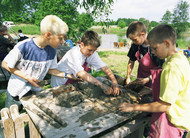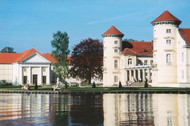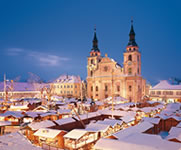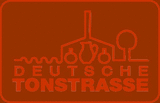
The brickmaking industry, which enjoyed its heyday during the 18th and 19th centuries, and the local clay had a great impact on the development of the towns and villages in the area as well as on the landscape. The brick clay quarrying that took place in the 19th century has helped shape the region's unique landscape. The route offers plenty of creative activities including painting and make-your-own pottery. The manufacture of earthenware is one of the oldest production techniques in human history. Fired vessels embellished with paint were being produced in Mesopotamia and in Egypt as long ago as around 5000 BC (New Stone Age) and in central Europe in 4000 BC.

The German Ceramics Route takes visitors to many idyllic lakes, a habitat for a diversity of flora and fauna and also perfect for water sports and swimming. Water is a very important feature in this region. Wherever you look, there are streams, brooks, ponds and lakes - a boat is an ideal way to get around. There are also many reminders of this delightful area's Prussian past, with sleepy mansions, manor houses and country estates, all conveying a sense of a bygone era. Visitors can find out more at museums and on cultural tours, for example on the theme of Prussia or in the footsteps of Theodor Fontane, the 19th-century writer. Rheinsberg Palace and the towns of Oranienburg, Gransee, Fürstenberg and Himmelpfort are also well worth seeing. Homely country inns along the route serve regional dishes typical of the Brandenburg Marches. One last thing: be sure to allow plenty of time for this route, because there are so many hidden gems and treasures to discover.




